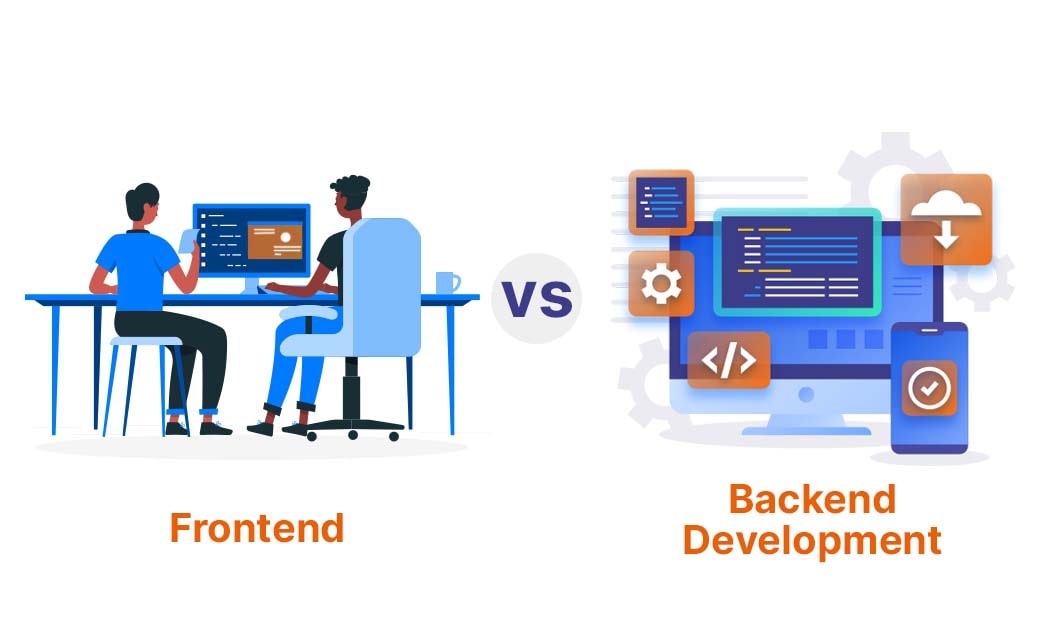CPOpen: Your Gateway to Current Affairs
Stay updated with the latest trends and insights across various topics.
Back-End Development: Where the Magic Happens
Unlock the secrets of back-end development and discover how the magic behind seamless web experiences truly happens!
Understanding the Role of Back-End Development in Modern Web Applications
Back-end development plays a crucial role in modern web applications, acting as the backbone that supports the entire user experience. It involves managing the server, database, and application logic, ensuring that everything runs smoothly behind the scenes. Without effective back-end development, user interactions on the front end would not translate into action, making it integral for processes like data storage, retrieval, and security. Through languages such as Python, Java, and PHP, back-end developers create the functionality that powers dynamic websites, provides real-time data processing, and handles user authentication.
In today's digital landscape, the importance of back-end development extends beyond mere functionality. It also encompasses performance optimization and scalability, allowing applications to handle increased traffic and data loads over time. For instance, employing technologies like RESTful APIs and microservices architecture enhances the interaction between different components, promoting a more modular and maintainable codebase. As the layer that connects databases, application models, and the user interface, back-end development serves as the foundation upon which robust and efficient web applications are built.

Top Programming Languages and Frameworks for Back-End Development
Back-end development is crucial for building robust, scalable applications, and choosing the right programming languages and frameworks can significantly impact your project's success. Java continues to be a top choice for enterprise-level applications due to its reliability and vast ecosystem. Similarly, Python has gained immense popularity for its simplicity and versatility, making it an excellent option for rapid development. In addition to these, JavaScript, especially with the Node.js framework, allows for event-driven and non-blocking I/O operations, which enhances performance and efficiency.
When it comes to frameworks, Django and Flask are prominent choices for Python developers, offering robust tools for building secure and maintainable web applications. Alternatively, Spring Boot in the Java ecosystem provides a comprehensive solution to build production-ready applications with minimal configuration. Another noteworthy framework is Ruby on Rails, which emphasizes convention over configuration, allowing developers to focus on building features quickly. Regardless of your preferred language, mastering these frameworks will streamline your back-end development process.
Common Challenges in Back-End Development and How to Overcome Them
Back-end development can present several challenges that developers must navigate to create efficient and reliable applications. One common issue is managing server performance and scalability. As user traffic increases, developers may face difficulties in optimizing resource allocation and ensuring that the application can handle the load. To overcome this challenge, implementing techniques such as load balancing and utilizing caching mechanisms can significantly improve performance. Additionally, leveraging cloud services allows for scalable solutions that automatically adjust to user demand.
Another prevalent challenge is dealing with database management and data integrity. Developers often encounter issues related to data redundancy and ensuring that the database remains consistent and reliable. To address these problems, it is essential to adopt a robust database design that emphasizes normalization and utilizes proper indexing. Regular database backups and establishing strict access controls further enhance data security, thus reducing potential risks associated with data loss or corruption.